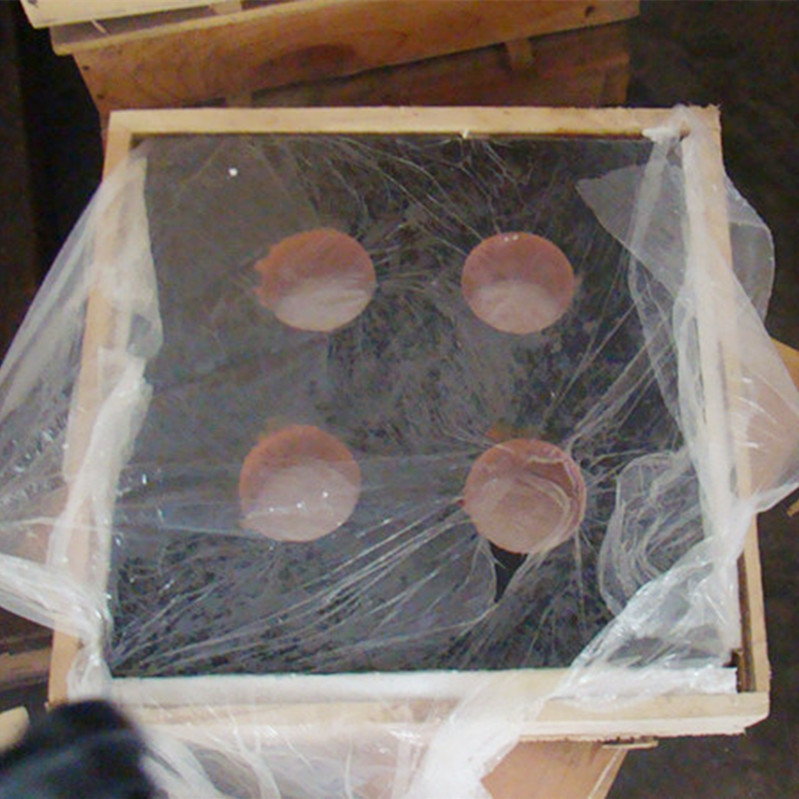Aug . 07, 2024 07:55 Back to list
Understanding the Function and Design of Truss Nail Tooth Plates in Building Construction
Understanding Truss Nail Tooth Plates A Key Component in Structural Engineering
In modern construction and structural engineering, the truss system plays a critical role in providing stability and support to various structures, including bridges, roofs, and towers. At the heart of the truss design is an often-overlooked component known as the truss nail tooth plate. This article explores the function, manufacturing process, and advantages of truss nail tooth plates, shedding light on their significance in contemporary engineering practices.
What Are Truss Nail Tooth Plates?
Truss nail tooth plates, commonly referred to as plate connectors or simply nail plates, are metal plates that feature a series of sharp, tooth-like projections. These plates are used to join the wood members of a truss, facilitating the creation of a stable and efficient load-bearing structure. The nails or screws that are driven through the plates into the wood provide exceptional shear strength and stability, allowing for larger spans and lighter structures without compromising safety.
The Manufacturing Process
The production of truss nail tooth plates involves several key steps. Initially, high-quality steel sheets are sourced for durability and strength. These sheets are then cut into the desired shape and size, followed by the stamping process, which creates the characteristic teeth. The stamping also ensures that the teeth are uniformly shaped and positioned for optimal performance.
After stamping, the plates undergo a quality control process to check for any defects or irregularities. This is crucial as even minor imperfections can impact the structural integrity of the truss. Once the quality check is complete, the plates are typically galvanized or coated to protect against rust and corrosion, ensuring longevity and reliability in various environmental conditions.
Importance in Structural Engineering
truss nail tooth plate

Truss nail tooth plates play an essential role in structural engineering for several reasons. First, they enhance the efficiency of the load distribution across the wood members of the truss. By providing a strong connection point, these plates allow for even load sharing, reducing the risk of failure in any single member.
Second, using truss nail tooth plates allows for quicker assembly on-site. They enable prefabricated trusses, which dramatically decrease construction time. This efficiency not only saves time and labor costs but also minimizes the disruption to the surrounding environment.
Moreover, truss structures that utilize these plates can be engineered to accommodate a variety of designs and load requirements, making them versatile for different construction projects. This adaptability is especially beneficial in residential housing, where the architectural style can vary widely while still maintaining structural integrity.
Advantages Over Traditional Connection Methods
Compared to traditional wood joinery methods, such as mortise and tenon joints, truss nail tooth plates offer several significant advantages. They provide consistent quality and strength that can be difficult to achieve with manual methods. The mechanical fastening provided by nail tooth plates also increases construction speed, enabling builders to focus on other aspects of the project.
Additionally, truss nail tooth plates are cost-effective. Their mass production reduces costs, and the ease of assembly translates to lower labor expenditures. This economic efficiency is particularly appealing in an industry where cost overruns can significantly affect the bottom line.
Conclusion
Truss nail tooth plates are an indispensable component of modern truss systems, providing strength, stability, and efficiency to various construction projects. As the construction industry continues to evolve, these plates will remain vital in ensuring that structures are safe, reliable, and economically built. Understanding their role and the technology behind them is crucial for engineers, architects, and builders who aim to push the boundaries of design while maintaining the highest safety standards.
-
Water Valve Gate Design Prevents Leakage and CorrosionNewsJul.11,2025
-
Steel Fab Table Features Reinforced Construction for LongevityNewsJul.11,2025
-
Specialized Valve Designs for High Pressure SystemsNewsJul.11,2025
-
Machinist Gauge Pins Feature Ground and Lapped FinishesNewsJul.11,2025
-
Hose Check Valve Prevents Backflow in Irrigation LinesNewsJul.11,2025
-
Durable Micrometer Tools Withstand Heavy Workshop UseNewsJul.11,2025
Related PRODUCTS









